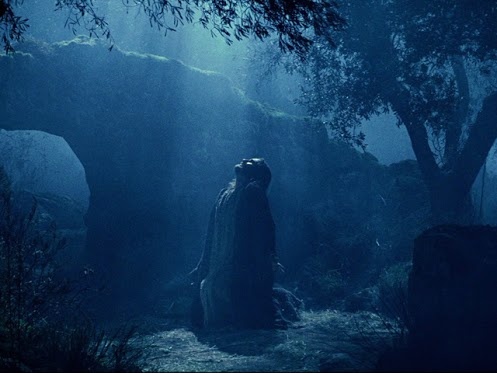Jesus sweat blood in the Garden of Gethsemane? Yes medically its proved

The night before Jesus Christ was crucified, He prayed in the Garden of Gethsemane. It is in Luke’s Gospel where we see that His sweat was like drops of blood: “And being in agony, He prayed more earnestly. Then His sweat became like great drops of blood falling down to the ground” ( Luke 22:44 ). Hematidrosis is a rare, but very real, medical condition where one’s sweat will contain blood. The sweat glands are surrounded by tiny blood vessels. These vessels can constrict and then dilate to the point of rupture where the blood will then effuse into the sweat glands. Its cause— extreme anguish. In the other Gospel accounts, we see Jesus’ level of anguish: “My soul is overwhelmed with sorrow to the point of death” ( Matthew 26:38 ; cf. Mark 14:34 ). The intense anguish and sorrow Jesus felt was certainly understandable. Being God, Christ knew “all that was going to happen to Him” ( John 18:4 ). He knew in painstaking detail the events that were to follow soon aft...


